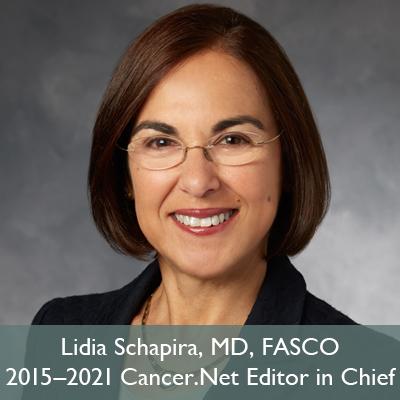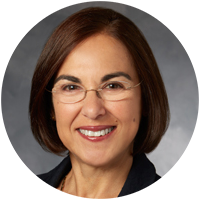
A cancer diagnosis has a profound impact on many aspects of a person’s life and the lives of their loved ones. Cancer can be experienced as a bump in the road, or it can have a profound impact on a person’s identity. Once cancer treatment is completed, for example, some people choose not to identify themselves as cancer survivors, while others embrace that identity. But regardless of how you choose to identify as a person who’s experienced cancer, having a roadmap for your follow-up care can help you navigate the complicated maze of consultations, tests, and treatments you’ll need after cancer.
Generally speaking, health monitoring and follow-up care for cancer survivors includes watching for cancer recurrence, detecting any new cancers, treating lingering symptoms that resulted from cancer treatment, monitoring for late effects of cancer treatment, and receiving preventive care to maintain your health. A customized survivorship care plan is like having a GPS to guide you through this unfamiliar territory of post-cancer life. Having a plan for medical appointments and tests needed after cancer treatment has finished often helps survivors feel more confident. It can also give survivors the freedom to plan appointments that accommodate their personal travel and work needs.

“A customized survivorship care plan is like having a GPS to guide you through this unfamiliar territory of post-cancer life.” — Cancer.Net Editor in Chief, Lidia Schapira, MD, FASCO
The COVID-19 pandemic has further illustrated the importance of having a strong plan for shared follow-up care. For survivors, having a written survivorship care plan that can be shared with family members and clinicians provides clear instructions that can be adapted to meet new challenges. For example, since March 2020, I have worked with my patients in person and through televisits to adapt their cancer follow-up care based on their circumstances and needs. As appointments were moved to video or phone visits and screening tests were delayed by months, having a clear plan became increasingly important. So rather than have a patient drive 4 hours for a routine exam, we converted many appointments to video visits to discuss cancer-specific problems (as long as they were able to have their exams and tests done elsewhere in their community).
Here are some suggestions for making your transition to survivorship care a little bit easier:
Stagger your visits. An important part of follow-up care is to watch for cancer recurrence. One simple trick to make sure you’re being seen multiple times throughout the year is to stagger your follow-up visits with cancer specialists. For example, a breast cancer survivor might have to see their medical oncologist, surgeon, and radiation oncologist regularly for the first couple of years following treatment. They can accomplish this most efficiently by alternating visits every 3 to 4 months, then lengthening these intervals as their needs change over time. This way, the follow-up care team can evaluate how the person is doing multiple times throughout the year as opposed to getting just a snapshot of their health once a year.
Return to or find a primary care physician. It’s also extremely important for cancer survivors to resume or establish care with a primary care physician after active treatment to make sure they are up to date with their screenings and general preventive vaccinations and their non-cancer-related conditions are managed. Primary care physicians play an important role in guiding cancer survivors to stay healthy, and having a written survivorship care plan can help facilitate this care.
Use a written survivorship care plan to support communication. Cancer survivors value team communication between the various cancer clinicians they see during active treatment. That same principle should guide the cancer team to communicate the survivorship care plan at the end of active treatment to other specialists involved in that person’s follow-up care, particularly the survivor’s “quarterback,” or their primary care physician. Fortunately, new models of shared care between cancer clinicians and primary care physicians are rapidly evolving to meet the needs of the estimated 17 million cancer survivors in the United States alone.
However, having a written survivorship care plan does not guarantee that the transition between your cancer team and your primary care team will be seamless. Miscommunication or a lack of communication between these teams may lead to misunderstandings around survivorship care, which often places a great burden on the cancer survivor. To overcome these problems, it may be helpful to plan the transition to your primary care physician during cancer treatment or to set aside a visit at the end of treatment to review the plan with your primary care physician and think about life after cancer.
Life after cancer comes with its own set of challenges for survivors, but navigating your follow-up care shouldn’t be one of them. Allowing your written survivorship care plan to serve as your GPS for post-cancer life can alleviate stress and set you on the road toward whatever life after cancer holds for you.
